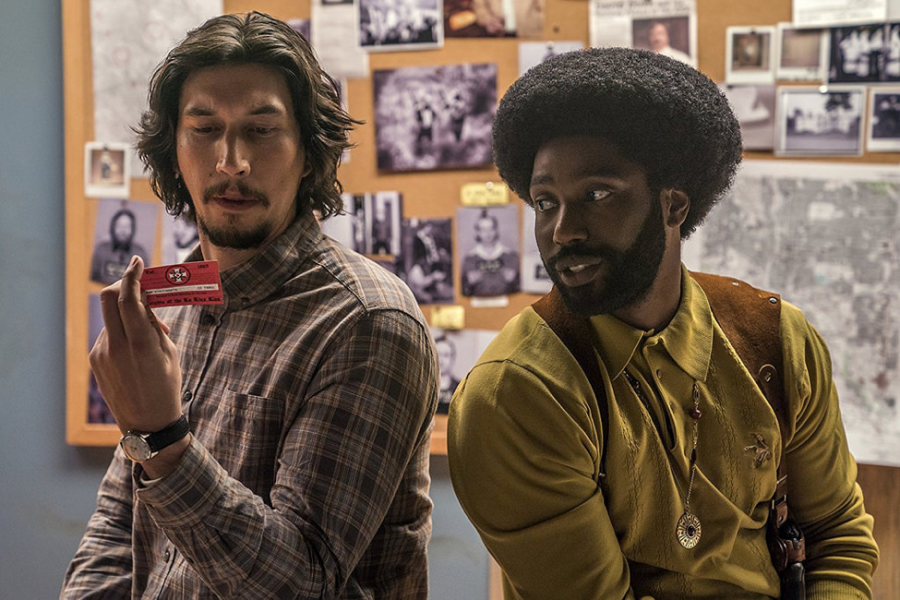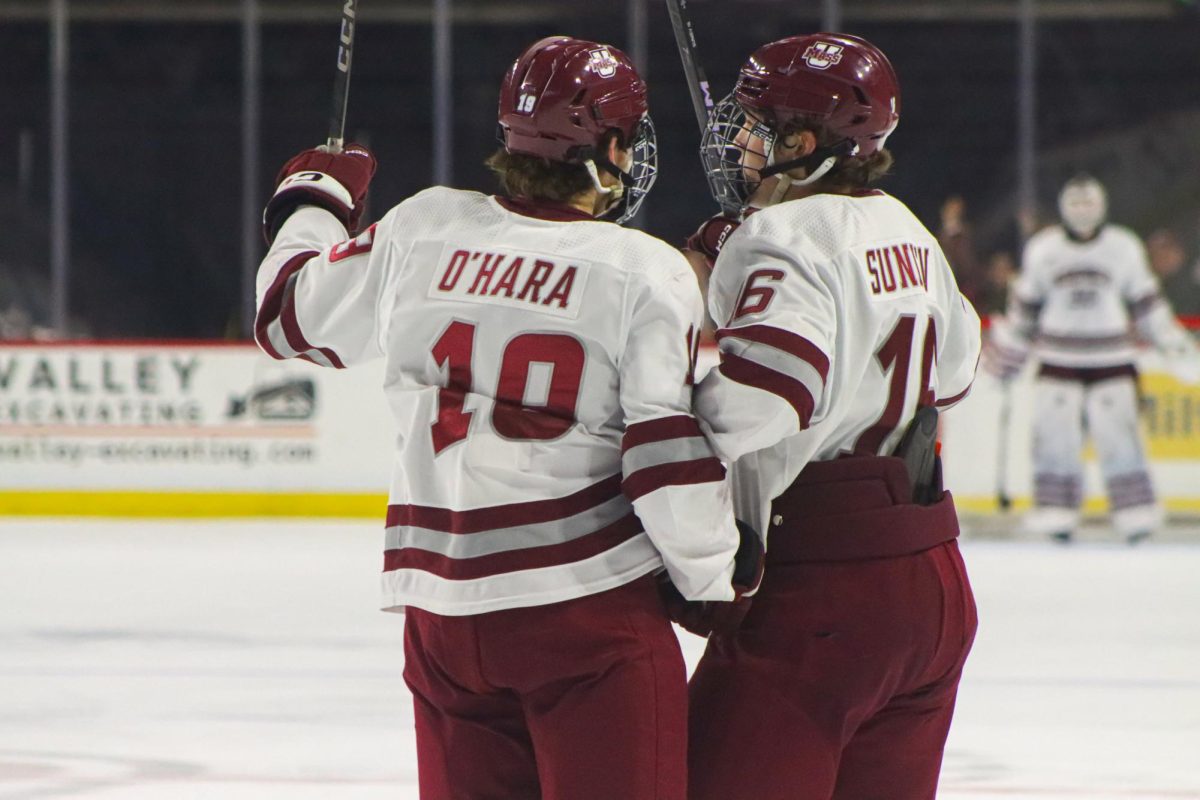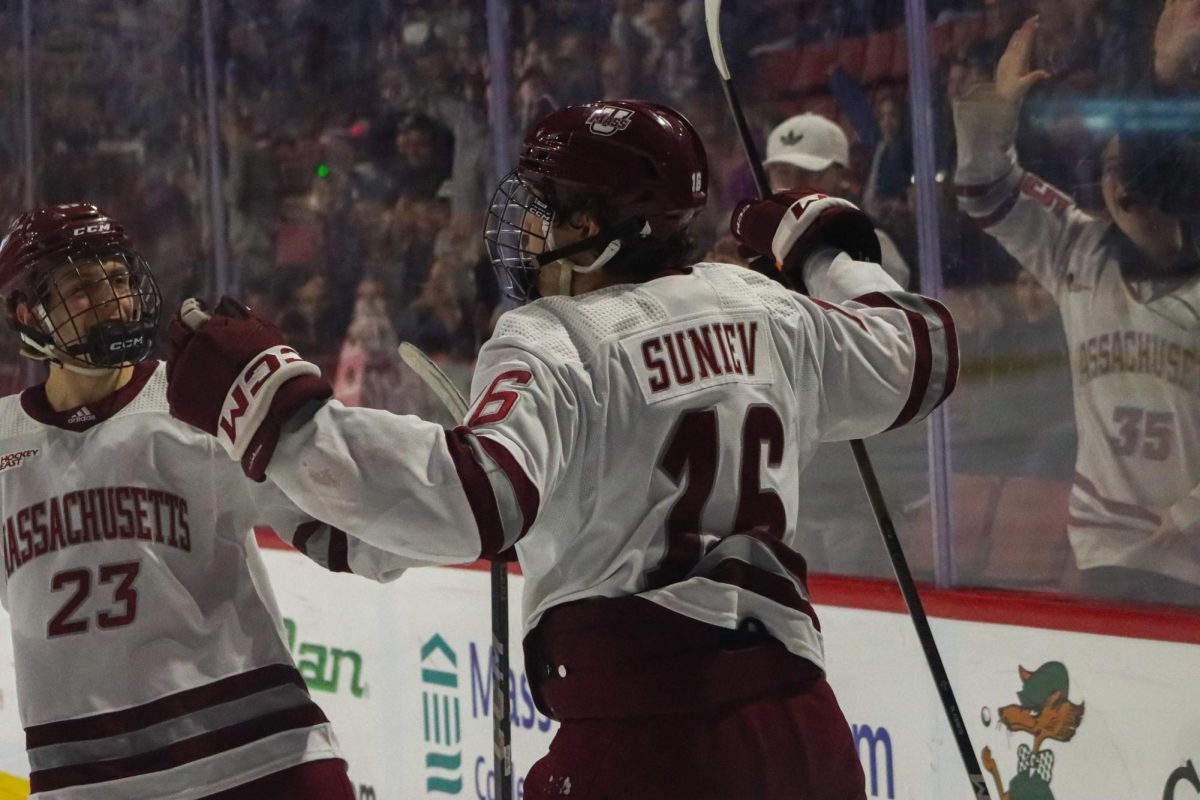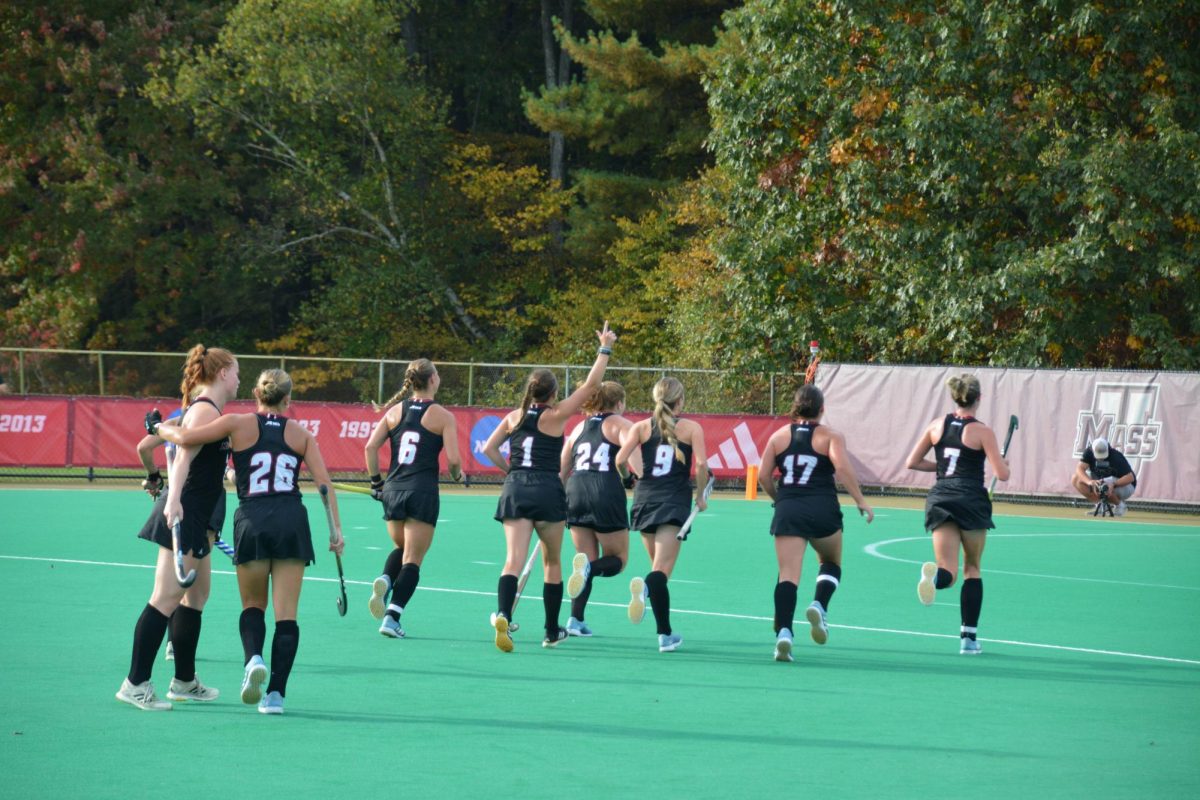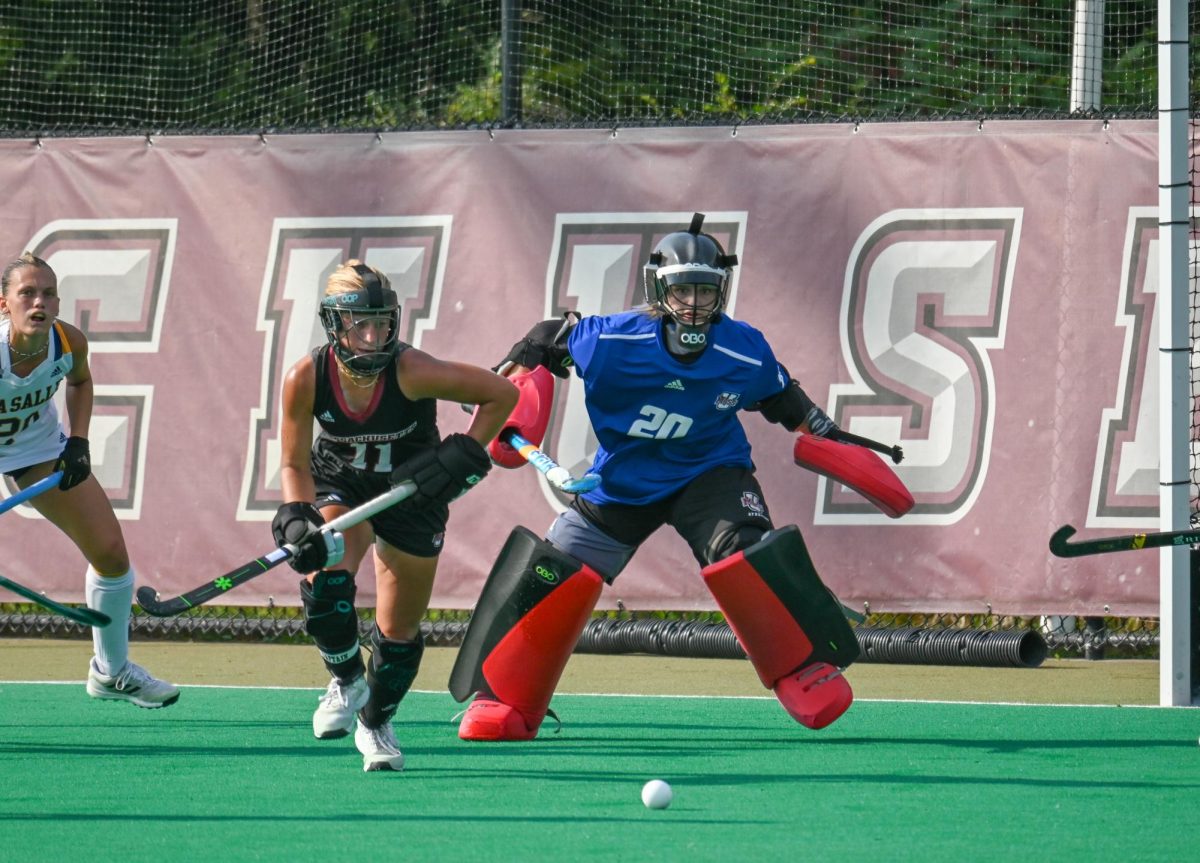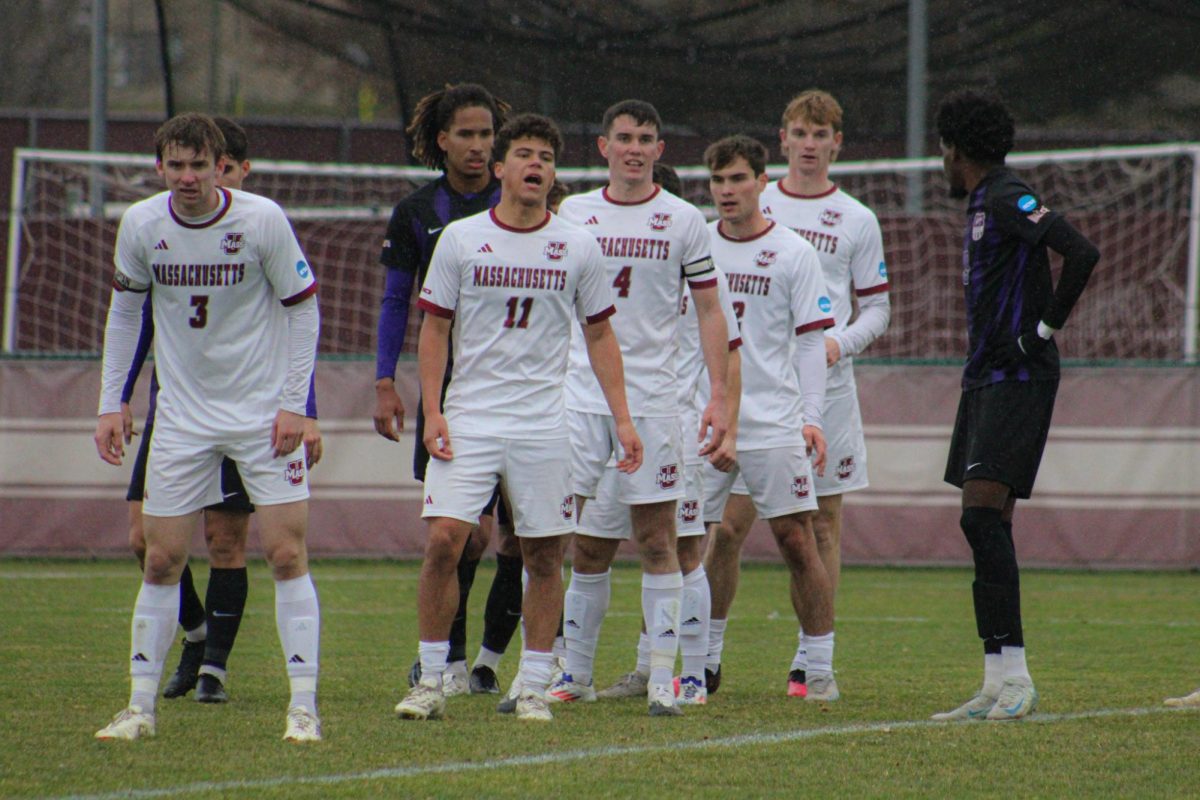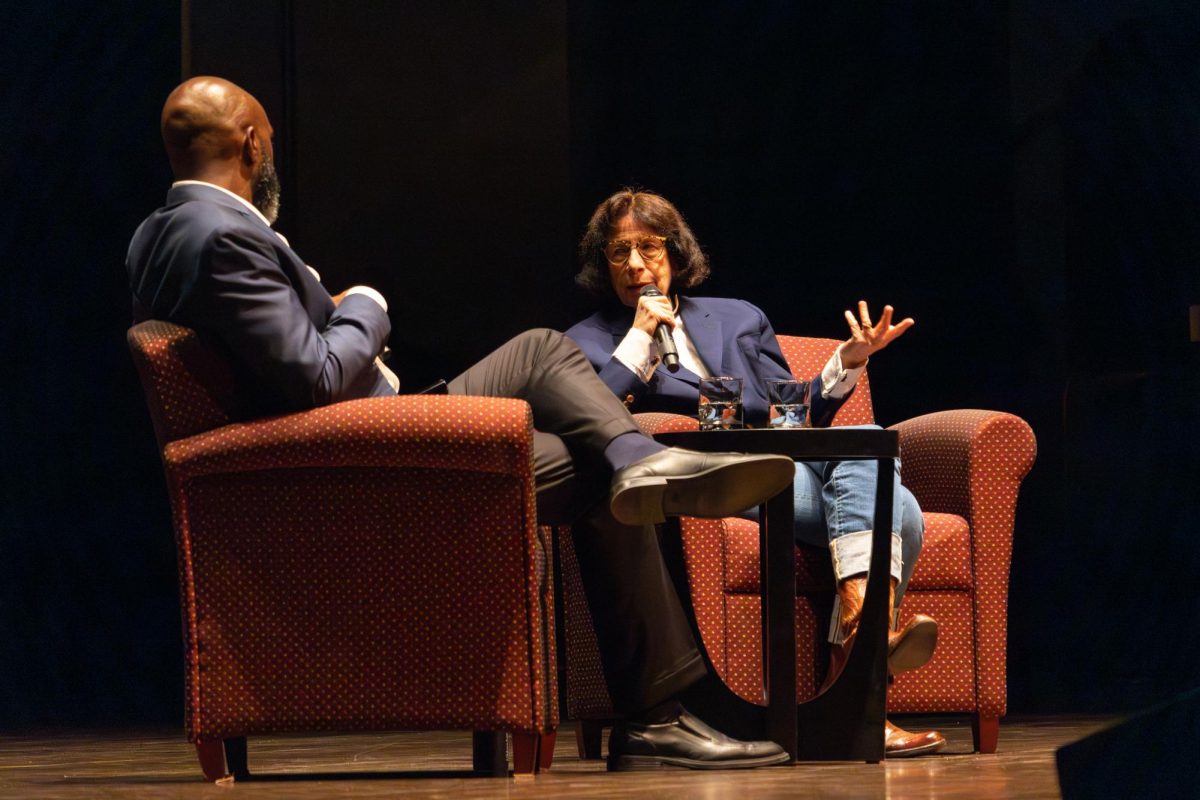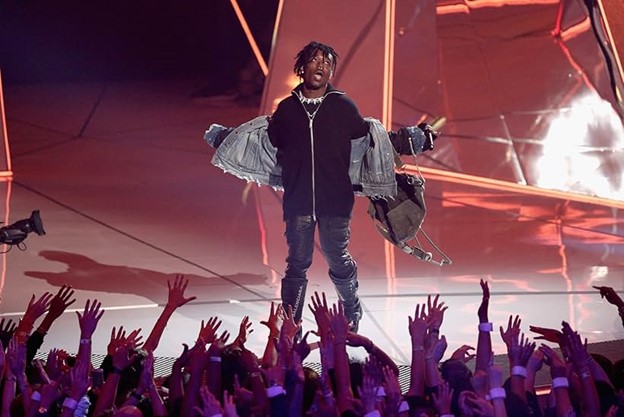When I first saw the trailer for the “BlacKkKlansman,” I was immediately drawn in. Most fascinating to me was the fact that the film is based on a true story. The irony of a Black man joining the KKK seemed so comically gripping that I had to know how the plot unraveled. I’ve always enjoyed Spike Lee’s films, so when I heard this was coming out, I knew I had to see it.
“BlacKkKlansman” is a film set in Colorado Springs in the early 1970s. From the moment this film starts, all the small details complement the time period. The clothes, the hair, the background music and the slang all set the tone for the film and really immerse the audience into a 1970’s police department. The film follows the first black detective in town, Ron Stallworth, on his mission to disassemble the KKK’s presence. Stallworth, played by John David Washington, is the audience’s vehicle into understanding the tensions between the KKK and the police force. However, Stallworth is also Black and his romantic interest of the film is an influential figure in the Black Power Movement. As their relationship progresses, the audience is exposed to the tensions between the Black community and the police force. Through a variety of juxtaposing shots, Lee actually shows how similar the KKK and the Black Power Movements are. While in ideology they are vastly different, the manners in which they congregate and interact with each other and refer to the police are jarringly similar. This idea was made very clear right before the climax of the film, with some very skillful camera work and dialogue.
Lee’s eye for specific camera angles and cinematographic choices debilitate the Klan and mock their ideologies. David Duke, grand wizard of the KKK, is played by Topher Grace, and throughout the film, Duke is positioned under high camera angles and long shots that weaken his power and influence. The aspect of this film that was done most effectively was the embedded humor. Lee met this violent and hateful time period with a sense of playfulness and humor that alleviated some of the tension from this film. Although this movie was set in the 70s, Lee draws strong connections to many social issues that still exist today. A lot of the vulgar dialogue and rhetoric not only showed the context of the time period, but also appeared analogous to some of the hate speech heard today. Lee uses the film to make subtle, but strong claims about his views on the current power structures in America, and the influence of hate groups that still persist today.
While this film had many highlights, some choices felt excessive or unnecessarily placed. At some points the greater meanings and allusions of the film were pushed too obviously to the point where it underestimated the intelligence of the audience. Toward the end of the film, it felt as though Lee was trying too hard to push a specific narrative rather than just tell the story. The film concludes with footage from the White Nationalist rally in Charlottesville in August 2017. Although this was an important connection to make, it left very little up for discussion after the film, feeling like the audience was spoon fed this narrative. From a more technical lens it seemed like some shots and scenes dragged on for a bit too long. While the movie as a whole was incredibly engaging, it took a long time for the plot to develop and some of the more dramatic scenes were too long, and as a result less effective.
Overall, this movie was engaging and had a unique touch of humor. The cast gives this film a very fresh and light tone. Washington plays the lead with an authentic personality and holds the essence of the movie together. Lee has also done a great job, making a historical event seem very current and relevant. This movie has something for everyone, and is definitely a must-see for those interested in politics and social movements!
Taeko Gupta can be reached at [email protected].

